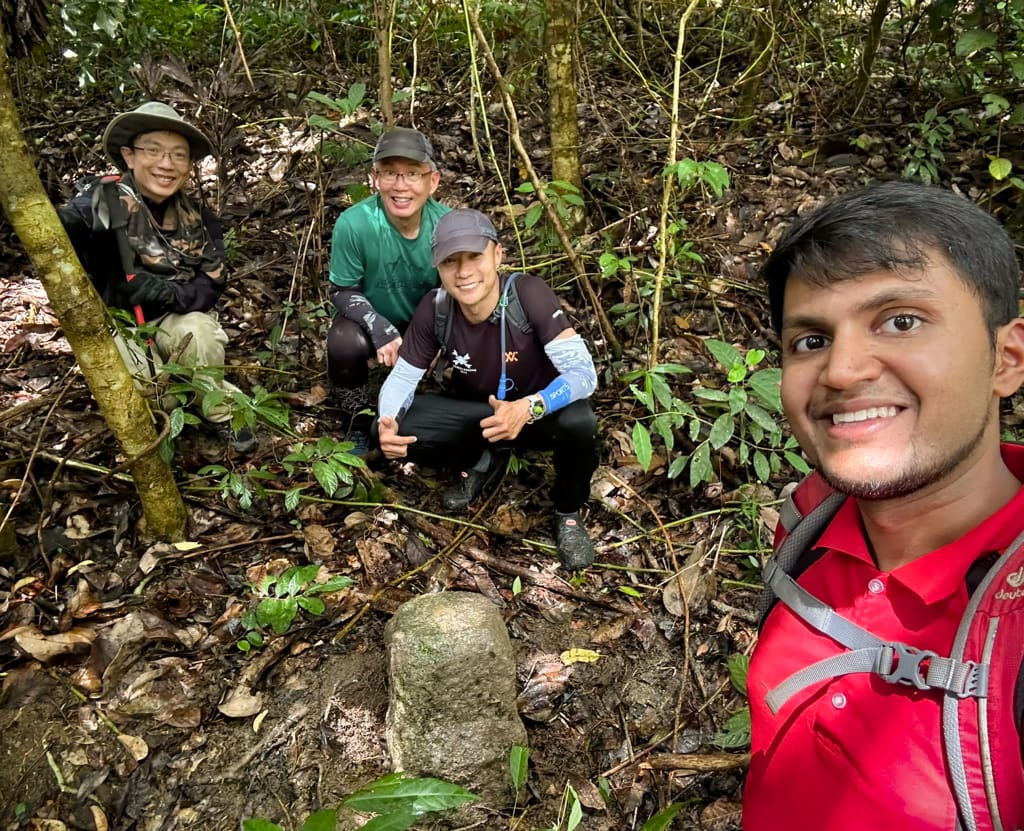Collectibles in The Hills
By Eugene Quah, Rexy Prakash Chacko
June 2025 FEATURE
Eugene Quah

is an independent researcher and writer who is working on a book tentatively called “Illustrated Guide to the North Coast of Penang”. He rediscovered the joys of writing after moving back to Penang from abroad.
Rexy Prakash Chacko

is an electronic engineer by profession and a nature lover by passion. While he spends his weekdays earning a living at the Bayan Lepas Free Industrial Zone, his weekends are spent reflecting and recharging on the green hills of Penang.




